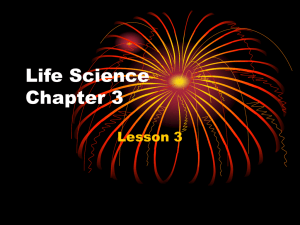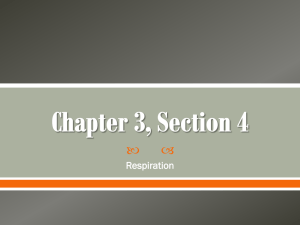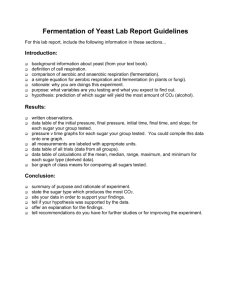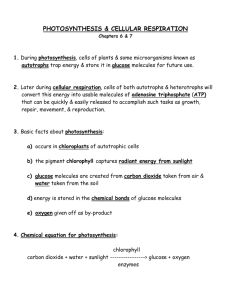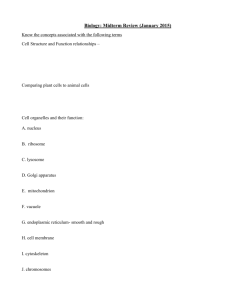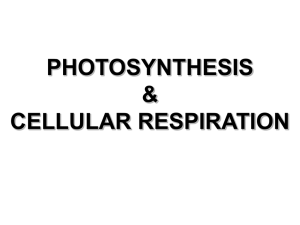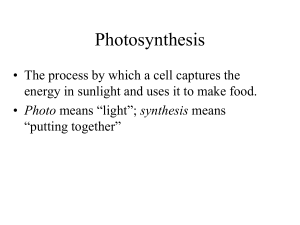Metabolism - Maria Regina
advertisement
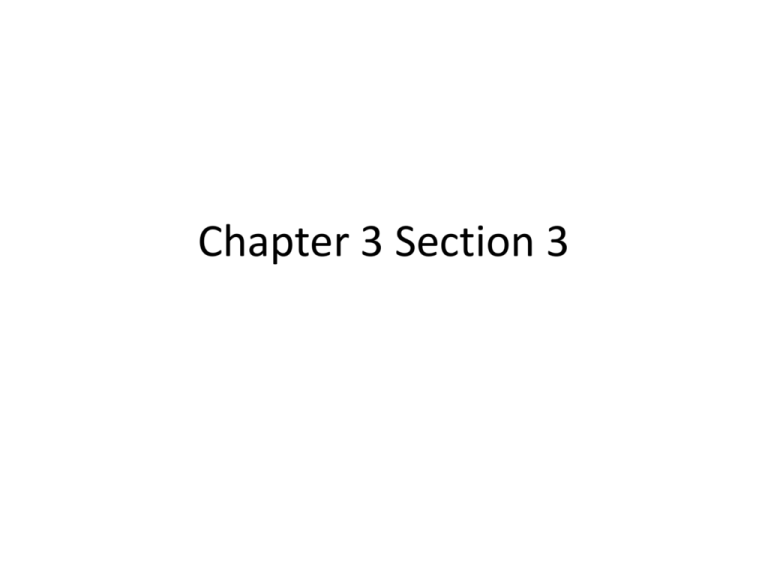
Chapter 3 Section 3 Energy for Life • Chemical energy stored in food molecules is changed inside cells into forms needed to perform all the activities necessary for life • All of the activities of an organism invole chemical reactions in some way • Metabolism= the total of all chemical reactions in an organism Enzymes • Chemical reactions of metabolism need enzymes • Enzymes assist reactions and causes a change, but the enzyme stays the same • Enzymes can be used again and again Living Things • Divided into two groups: producers and consumers • Producers- organisms that make their own food. Also called autotrophs • consumers- organisms that cannot make their own food. Also called heterotrophs Plants • Are autotrophs • Use the energy from sunlight to make their own food through photosynthesis • Photosynthesis- when producers convert light energy into chemical energy, or sugars that can be used as food. Where the Magic Happens…. • Chlorophyll- a green pigment that is used in photosynthesis to capture light. They are found in chloroplasts What Happens… • Captured light energy powers a chemical reaction that turns carbon dioxide and water into oxygen and sugar • Excess sugar is stored as starches or used to make other carbohydrates Respiration • The process in which chemical reactions break down food molecules into simpler substances and release stored energy Respiration • Begins in the cytoplasm • Carbohydrates are broken down into glucose molecules Next • Moves into the mitochondria • Two simpler molecules are broken down again, releasing more energy • This process uses oxygen and produces carbon dioxide and water as waste Fermentation • Cells that do not have enough oxygen for respiration use fermentation to release some of the stored energy in glucose molecules – Occurs in the cytoplasm – Produces lactic acid, alcohol, and carbon dioxide as waste – Also called anaerobic respiration Lactic Acid • Why your muscles hurt during tough workouts Alcohol Did You Know..? • Bread is made using the process of fermentation • Yeast, a fungi, is an ingredient in the bread dough that uses anaerobic respiration • As the yeast eats up the sugar in the dough, it begins to release gas bubbles of carbon dioxide, and small amounts of ethanol alcohol, causing the bread to rise
